Dundee have a Dens Park problem.
Their home form is better only than the Premiership’s bottom side St Johnstone going into the final week of the season.
Their single remaining home fixture is a crucial one against Ross County – a side one place and two points behind them and who have already won 3-0 at Dens this season.
The result of that one will go a huge way to deciding who finishes 11th and has to endure a relegation play-off to survive as a Premiership outfit.
At home and on the road, Dundee have thrown away a massive 26 points from winning positions, more than any other team in the division.
The majority of those have come in front of their own fans, letting 19 points slip through their fingers.
Had they managed to keep hold of all of those leads at Dens they would be level with Hibs in third and battling for European football next season.
So what is the issue at Dens Park?
Courier Sport takes a look.
What are the basic stats?
Dundee have played 18 home games in the Premiership with five wins, four draws and nine defeats bringing 19 points from a possible 54.
They have won 19 points but thrown away the same number from winning positions. A remarkable stat.
Their away record by comparison is 18 points from 17 games, the eighth best in the Premiership this season.
Only Ross County have conceded more goals after the 75th minute this season with Dundee letting in 18.
That is both home and away – 12 of those 18 goals have come at Dens Park.
How important is winning the toss?
After Motherwell’s stoppage-time winner at the weekend – yet another into the goal in front of the Bob Shankly Stand – Courier Sport did some digging.
Going by the numbers, the end Dundee are shooting into in the second half makes a big difference defensively.
They have conceded far more goals in the Bob Shankly end this season than in front of the Bobby Cox Stand.
Of the 38 goals conceded at home, 29 of them have gone in while Dundee are defending the Shankly end of the pitch – that’s 76%.
In comparison, the Dark Blues have scored fairly evenly in both goals – 18 in the Shankly end, 15 in the Bobby Cox.
More galling is the lateness of the strikes going past the home goalie.
At the Shankly end alone, Dundee have conceded 12 goals later than the 75th minute in games this term.
Eight of those have come beyond the 86th minute – three of those in one game as Kilmarnock came from 2-0 down to win back in October.
It is an issue that has regularly cost Dundee goals and points this season.
So what’s going on?
There is a combination of factors behind this.
There is a slope on the pitch going diagonally from corner to corner which results in the team shooting towards the Bob Shankly Stand effectively doing so downhill.
It is only a few feet and less steep than in other Premiership grounds but former players have spoken of the preference to shoot downhill in the second half in the past.
In the Premiership this season Dundee have been defending the Shankly end in the second half in 13 of their 18 home matches.
How many times they won the toss and decided to play that way or were put there by the opposition is not known.
So there is the physical aspect of the ground itself but both teams have to deal with that in any game.
Added to that is the high-intensity strategy Dundee employ.
At times it has been electrifying this season – lots of energy, speed and goals. But that comes at a cost.
The fact only Celtic have scored more first-half goals than Dundee this season tells you how effective the strategy can be in the early stages of matches.
Maintaining that intensity for 90-plus minutes is impossible, though.
Second-half tiredness
The Dark Blues tire in second periods – they can’t run as hard, they can’t tackle as well or continue to win every defensive header, they can’t keep it going.
This is where the squad comes into play. With a high-intensity gameplan you need quality on the bench to come in and replace the tiring legs on it.
Dundee haven’t had that this season.
Whether it has been due to a relentless injury list or players being out of form, there has been a big drop-off between Dundee’s best players in the starting XI and the subs waiting to replace them.
Some matches have seen no unforced subs made until 89 minutes are on the clock with a reluctance sometimes from manager Tony Docherty to make changes when things are going well, leaving tired players out on the park.
Their attacking desire can also leave them open defensively and that is undoubtedly a factor.
They regularly concede 20 or more shots per game to the opposition meaning a constantly stretched backline eventually wilts.
Mentality can be questioned but tired legs playing uphill certainly plays a major part in these numbers.
There is, however, little time to sort out this problem.
The only thing for it is to win the toss against Ross County next Wednesday – and shoot towards the Bob Shankly Stand in the second half.
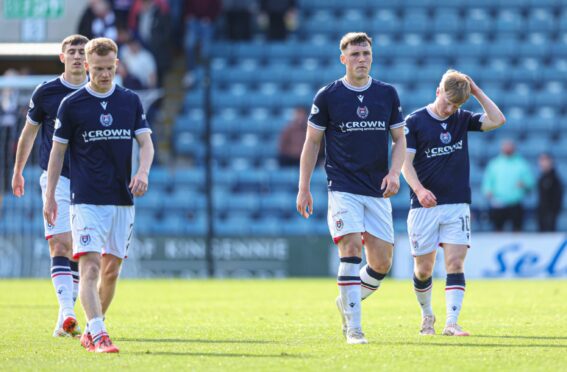
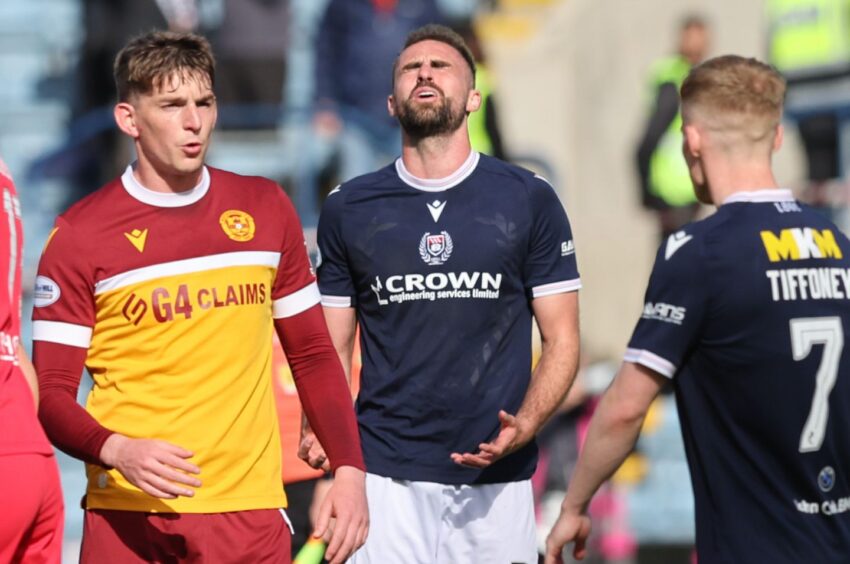
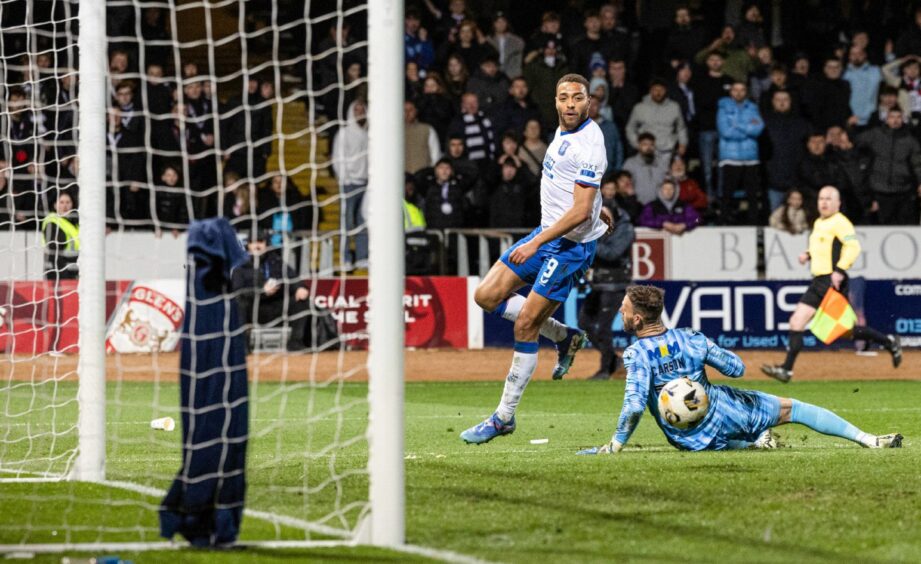

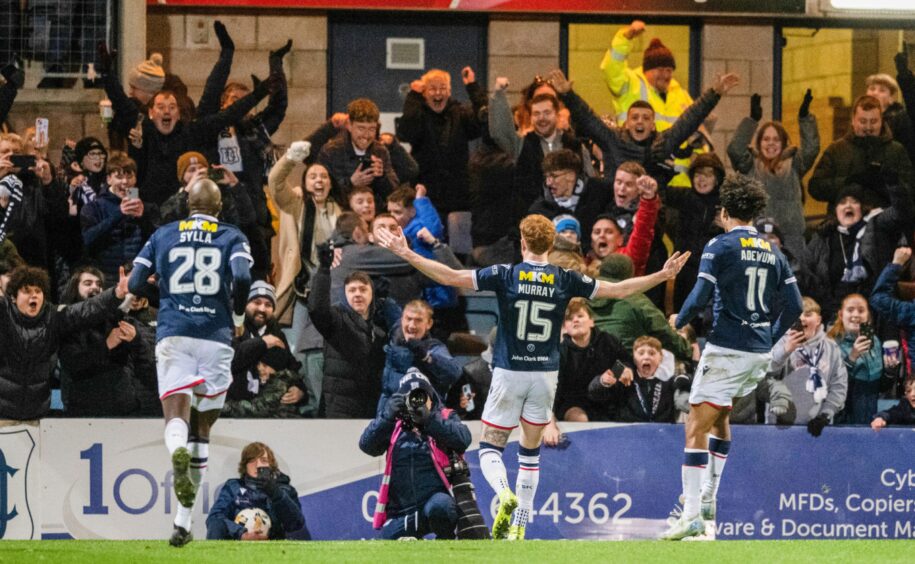
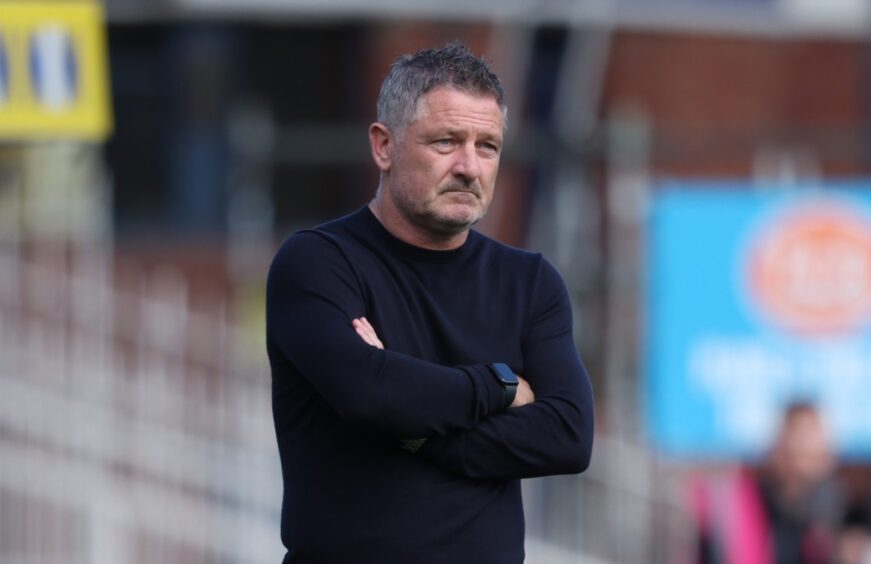
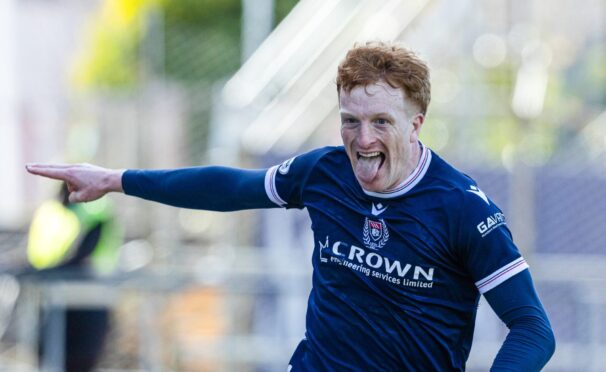
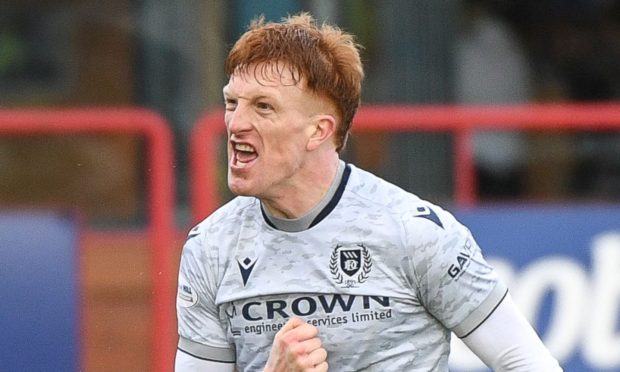
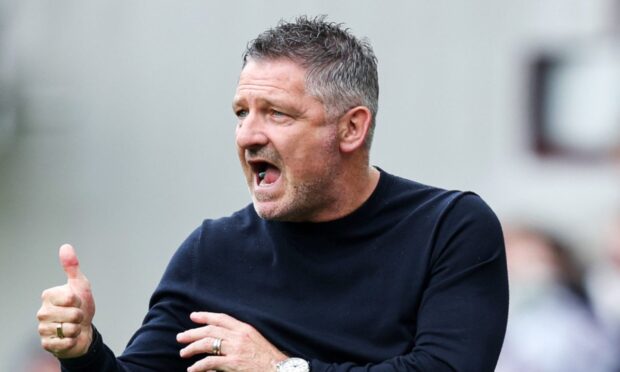

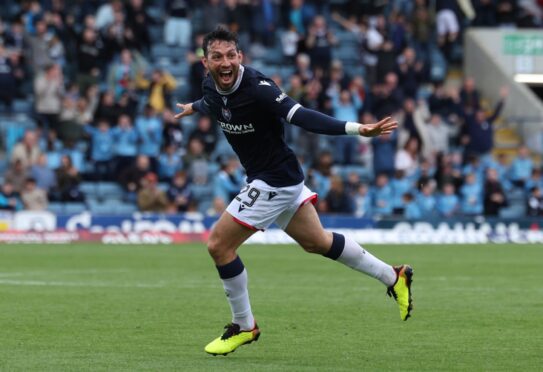
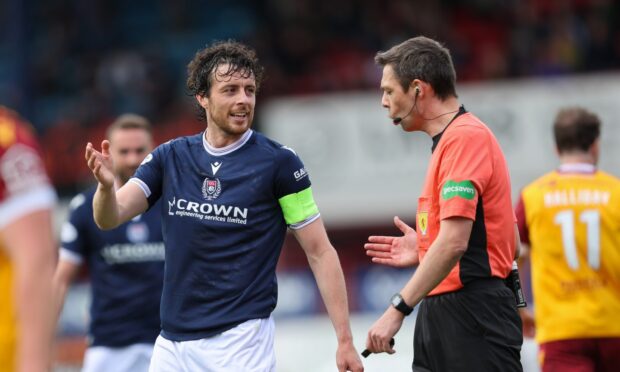
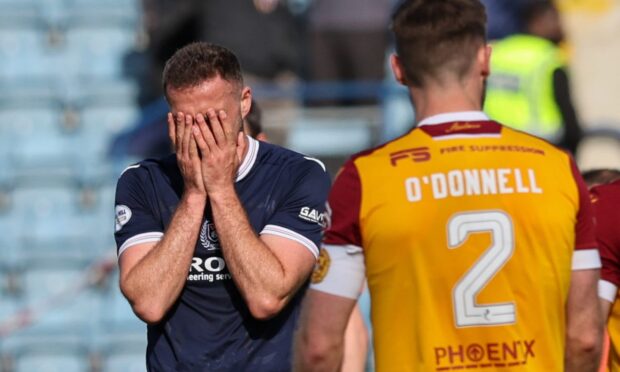
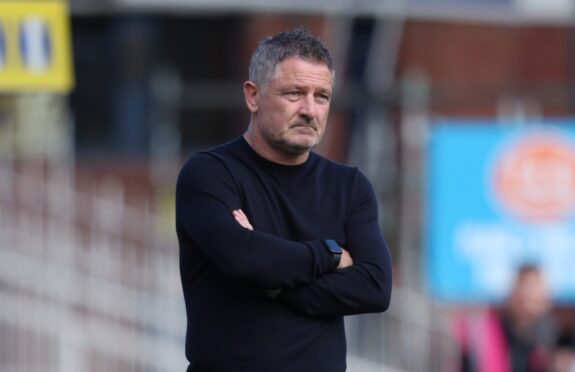
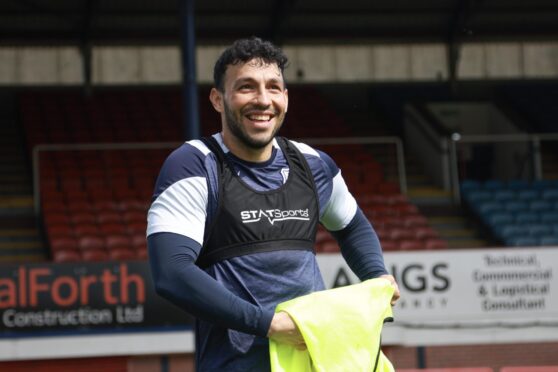
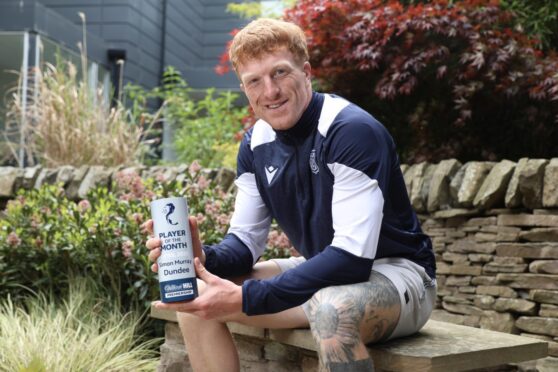
Conversation